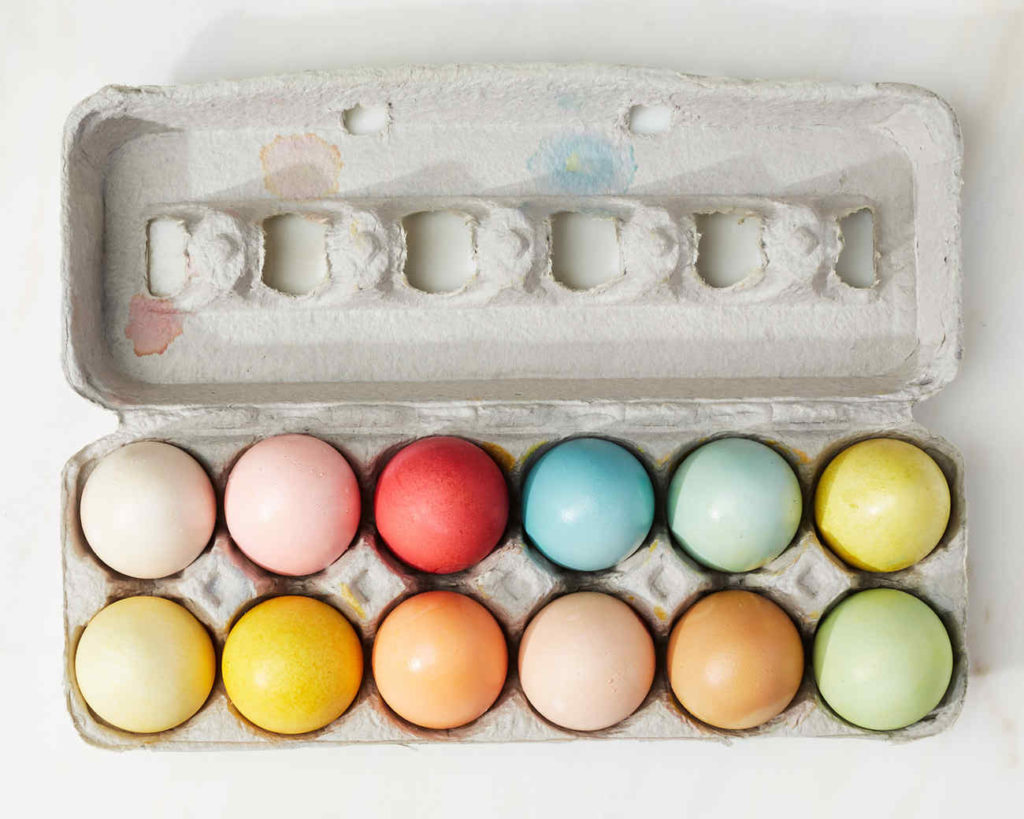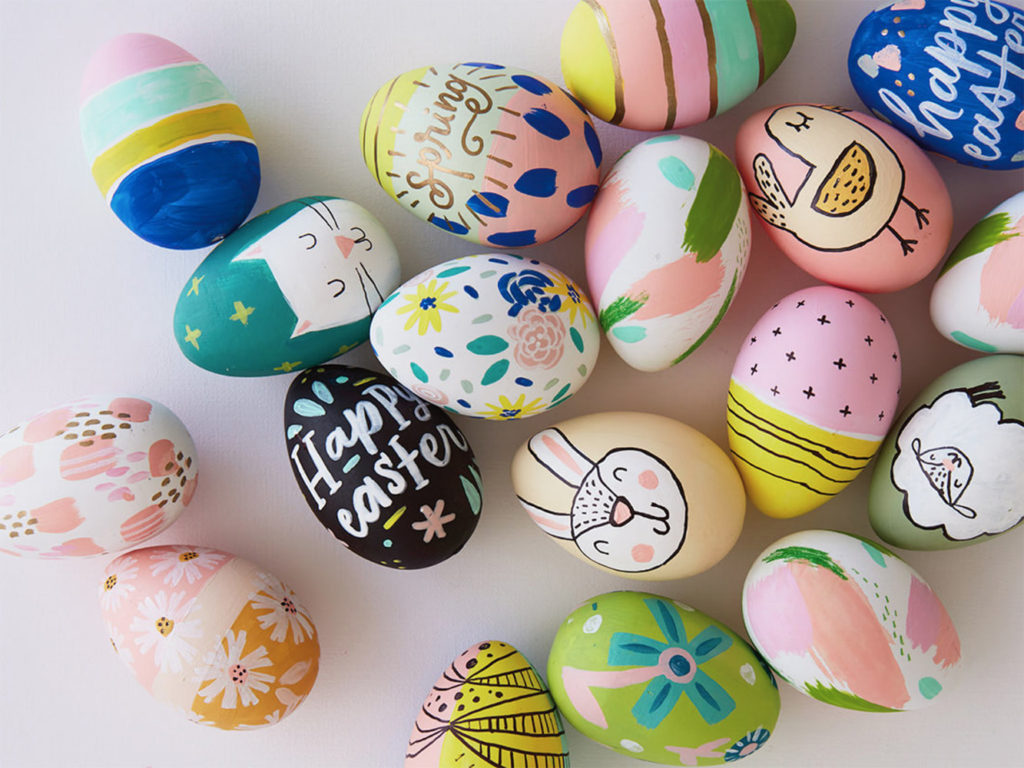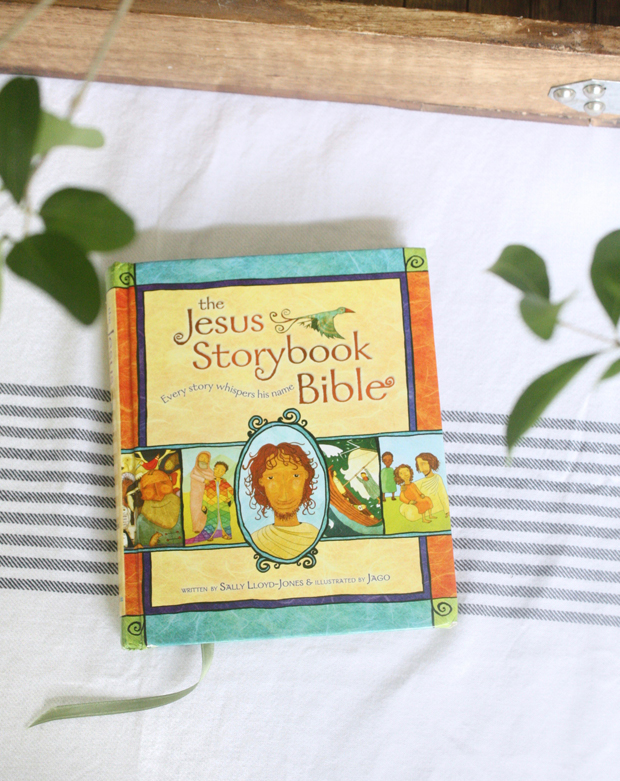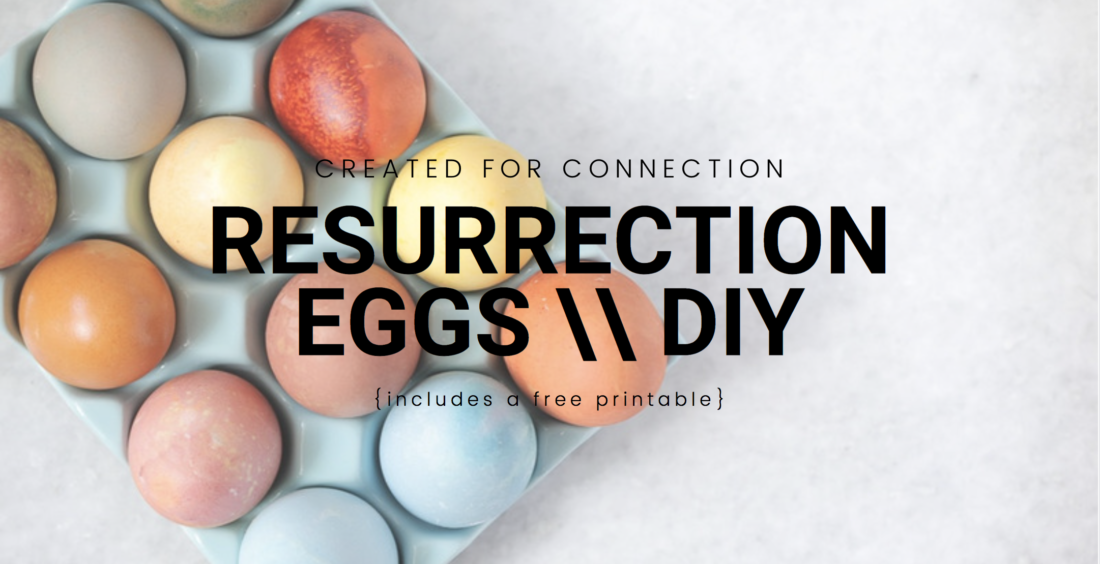“Being known. Our Western world has long emphasized knowledge—factual information and “proof”—over the process of being known by God and others. No wonder, then, that despite all our technological advancements and the proliferation of social media, we are more intra- and interpersonally isolated than ever. Yet it is only when we are known that we are positioned to become conduits of love. And it is love that transforms our minds, makes forgiveness possible, and weaves a community of disparate people into the tapestry of God’s family.”
Curt Thompson, Anatomy of the Soul: Surprising Connections between Neuroscience and Spiritual Practices That Can Transform Your Life and Relationships

If you’ve heard anything from our dear hero in the adoption and foster care word, Karyn Purvis, you’ve heard this: you [and your child] were created for connection. There’s no way around it, and there’s no better way through it [the trauma and anxiety, the healing and attachment] than to connect.
In these chaotic days of COVID-19, connection is even more important. We know – many of you are suddenly home with your kids all. day. long. How much more connected can we get, am I right?!
But I don’t want to forget that “being connected” is about more than sharing space. It’s attentive and intentional. It’s playful and proactive. It’s meaningful and conversational. Dr. Curt Thomson goes so far as to say it’s our greatest antidote for anxiety.
It doesn’t have to be hard, and it doesn’t have to big. It simply needs to communicate to our children that we. are. here. For all of it. That we want to hear their voice; we want to hear their thoughts. That they’re worthy of five (or ten, or fifteen) minutes carved out in our day; they’re worthy of our undivided attention.
Our single desire? To help YOU come up with some ideas! So let’s dig into this first Easter-themed DIY, shall we?!

RESURRECTION EGGS
Resurrection Eggs are a great way to connect Easter eggs to the story of Jesus. They’re easy and meaningful and can practically be used with your toddlers on up.
Each eggs contains a different part of the story, with the last egg being empty – symbolizing the resurrection!
There are so many other things that could extend from this activity – like egg dying or an Easter egg hunt or reenacting the story or leaving a blessing basket on someone’s front steps – that we pray this is simply a launching pad into deeper conversation and connection.
The original Resurrection Eggs are made by FamilyLife and can be purchased online, but you can just as easily make a box of your own.

What you’re going to need…
- An egg carton / a basket / a white tree
- 12 plastic eggs – whether you’re snagging super fancy ones from Joanna Gaines’s Hearth & Hand Easter Collection (I’m a sucker for beauty) or $.99 ones from Walmart, not important! Make them look however you want (or leave them just as they are)! But don’t forget to number them 1 – 12.
- A print out of the Scripture cards (included in the printable along with how to structure your time, a cheatsheet, and extension activities!)
- First Egg: Palm branch / leaves (and a donkey, if you have one)
- The Triumphal Entry of Jesus into Jerusalem
- Matthew 21:6-8; John 12:12-16
- Second Egg: Silver coins
- Judas agrees to betray Jesus for 30 pieces of silver.
- Matthew 26: 14-16
- Third Egg: Piece of bread or cracker
- The Last Supper and the institution of The Lord’s Supper.
- Matthew 26:26-30
- **Consider sharing Communion together and singing a song of praise together, like they do in vs. 30
- Fourth Egg: Small cup
- Jesus weeps in the Garden of Gethsemane, asking this cup to pass from him
- Matthew 26:36-46
- Fifth Egg: Chocolate Kiss
- Judas led an angry mob of Jewish leaders to Jesus in the garden and betrays Jesus with a kiss
- Matthew 26:48-50
- Sixth Egg: Red cloth and/or crown of thorns
- Jesus is condemned to death
- Matthew 27:27-31; Mark 15:17
- Seventh Egg: Nails
- Jesus is nailed to the cross between two criminals with a sign above his head that read, “Jesus of Nazareth, King of the Jews”.
- Matthew 27:33-44; Mark 15:1-15
- Eighth Egg: Cross
- Jesus dies between two criminals on the cross
- Mark 15:21-32; Matthew 27:38-41
- Ninth Egg: Torn Cloth
- The temple veil is torn in two the earth shakes
- Matthew 27:51-54
- Tenth Egg: A white piece of cloth
- The temple veil was torn and Jesus was wrapped in a white cloth
- Matthew 27:50-52, 54; Mark 27:42-47
- Eleventh Egg: Rock
- The rock was rolled in front of the tomb
- Matthew 27:60-66
- Twelfth Egg: Empty
- Matthew 28:1-10
Putting your DIY Resurrection Eggs together
Step 1: Print off the free printable. Cut out the twelve different verses.
Step 2: Number your Resurrection Eggs
Step 3: Fill the corresponding egg with the free printable and item.
- Tip: If you don’t have a small cross, you can make one my gluing two sticks together and then wrapping string/twine around the intersection.
Step 4: Set the eggs in the carton or hide them around the house to allow children to “hunt” before opening.
Step 5: Open each egg, in order. Take out each item and let your child guess what the item might be. Then read the verse on the printable, and show them that part in their Bible. Continue until all the eggs are done.
Step 6: CELEBRATE! When you get to the last empty egg, do something to mark the good news. Share a special meal. Have a living room dance party. Go get ice cream. Whatever you style is, embrace the celebration and good news that He IS alive!

A couple additional tips and ideas…
- Out of time for all 12 eggs? This activity can be cut in half.
- To do only six eggs, use the leaf, bread, cross, clothe, and rock.
- You can do one egg a day for 12 days or do them all at once (like on the day before Easter), but set aside a “special” time.
- The eggs can all be placed out in the carton, or they can be hid around the house; children will find the eggs, put them in the carton, and then open each one together.
- If you’re doing this activity with younger children, the Jesus Storybook Bible is an awesome counterpart.
- If you’re doing this activity with older children, ask them to read the passages and summarize the piece of the story. You could also try Lectico Divina – a meditative process of reading and rereading a passage of Scripture, carefully listening for any words or phrases that seem to jump out, asking the Holy Spirit why those words or phrases seem to jump out, and then praying them back to the Father (you can read here).
- Don’t do it on your own; ask for God’s help! Take a moment to pray for your time before you even invite your child(ren) into the room. Ask God to quiet your heart and speak to your kids. He can, and He will. And after it’s all done, thank Him; not a single seed planted in His name will come back void.



